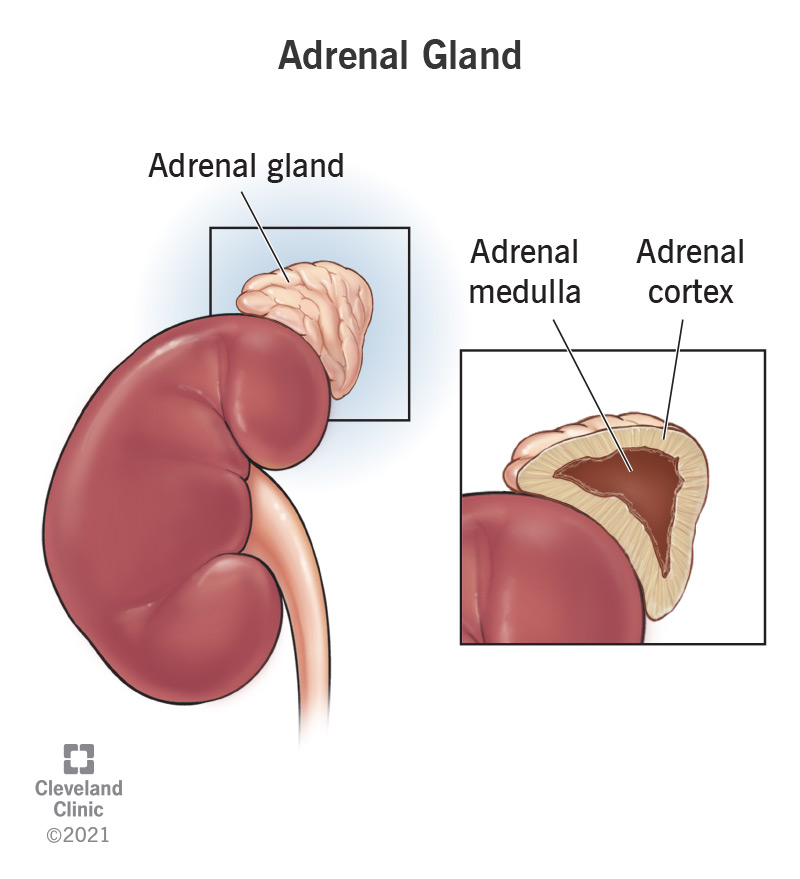10 Common Adrenal Problems – When to Worry and When to See a Doctor
The adrenal glands play a vital role in regulating various bodily functions, including stress response, blood pressure, and electrolyte balance.
- Adrenal disorders are rare and complex; so can be challenging to diagnose and manage – but early recognition and treatment can significantly improve patient outcomes
- They are dealt with by your GP, and a hospital physician (endocrinologist) and surgeon (endocrine).
Here are 10 common adrenal problems, their symptoms, and when to worry and see a doctor.
1. Cushing’s Syndrome (Overactive Adrenals)
- Symptoms: Weight gain, hypertension, diabetes, hirsutism, and osteoporosis.
- Causes: Excess cortisol production due to pituitary or adrenal tumours, or exogenous steroid use.
- When to Worry: Severe symptoms, uncontrolled hypertension, or diabetes.
- When to See a Doctor: If symptoms persist or worsen, or if the patient has a history of steroid use.
2. Addison’s Disease (Underactive Adrenals)
- Symptoms: Fatigue, weight loss, hypotension, hyperpigmentation, and electrolyte imbalances.
- Causes: Autoimmune adrenalitis, infections, or tumors.
- When to Worry: Acute adrenal crisis, severe hypotension, or electrolyte imbalances.
- When to See a Doctor: If symptoms persist or worsen, or if the patient presents with an adrenal crisis (see below).
3. Phaeochromocytoma
- Symptoms: Hypertension, palpitations, sweating, headaches, and anxiety.
- Causes: Rare tumour of the adrenal medulla.
- When to Worry: Severe hypertension, cardiac complications, or suspected malignancy.
- When to See a Doctor: If symptoms persist or worsen, or if the patient has a family history of phaeochromocytoma.
4. Congenital Adrenal Hyperplasia (CAH)
- Symptoms: Ambiguous genitalia, virilisation, or electrolyte imbalances.
- Causes: Genetic mutations affecting adrenal steroid production.
- When to Worry: Severe virilization, electrolyte imbalances, or growth abnormalities.
- When to See a Doctor: If symptoms persist or worsen, or if the patient has a family history of CAH.
5. Primary Hyperaldosteronism (Conn’s Syndrome)
- Symptoms: Hypertension, hypokalaemia, and muscle weakness.
- Causes: Excess aldosterone production due to adrenal tumours or hyperplasia.
- When to Worry: Uncontrolled hypertension, severe hypokalaemia, or cardiac complications.
- When to See a Doctor: If symptoms persist or worsen, or if the patient has a history of hypertension.
6. Hypoaldosteronism
- Symptoms: Hyperkalemia, hypotension, and muscle weakness.
- Causes: Reduced aldosterone production due to adrenal disease or medications.
- When to Worry: Severe hyperkalemia, cardiac complications, or muscle weakness.
- When to See a Doctor: If symptoms persist or worsen, or if the patient has a history of kidney disease or heart failure.
7. Adrenal (Addisonian) Crisis (Underactive Adrenals)
- Symptoms: Severe hypotension, shock, electrolyte imbalances, and altered mental status.
- Causes: Acute adrenal insufficiency due to infection, trauma, or steroid withdrawal.
- When to Worry: Life-threatening hypotension, shock, or cardiac arrest.
- When to See a Doctor: Immediately, as adrenal crisis is a medical emergency.
8. Adrenal Incidentaloma
- Symptoms: Often asymptomatic, but may cause hormonal imbalances or compressive symptoms.
- Causes: Benign or malignant adrenal tumours.
- When to Worry: Suspicious imaging features, hormonal overproduction, or compressive symptoms.
- When to See a Doctor: If the patient has a history of cancer, or if the adrenal mass is large or has suspicious features.
9. Adrenoleukodystrophy (X-linked)
Another genetic disorder affecting the adrenal glands, which can also impact other areas of the body.
10. Other Rare Adrenal Masses
Various other rare masses can affect the adrenal glands, including adrenolipoma, adrenal pseudocyst, granuloma, hamartoma, hematoma, lipoma, neurofibroma, lymphoma, and teratoma
Conclusion
Adrenal disorders can be complex and diffucult to diagnose, but early recognition and treatment can significantly improve patient outcomes. Always refer to current guidelines and consult with senior doctors when managing adrenal disorders.
